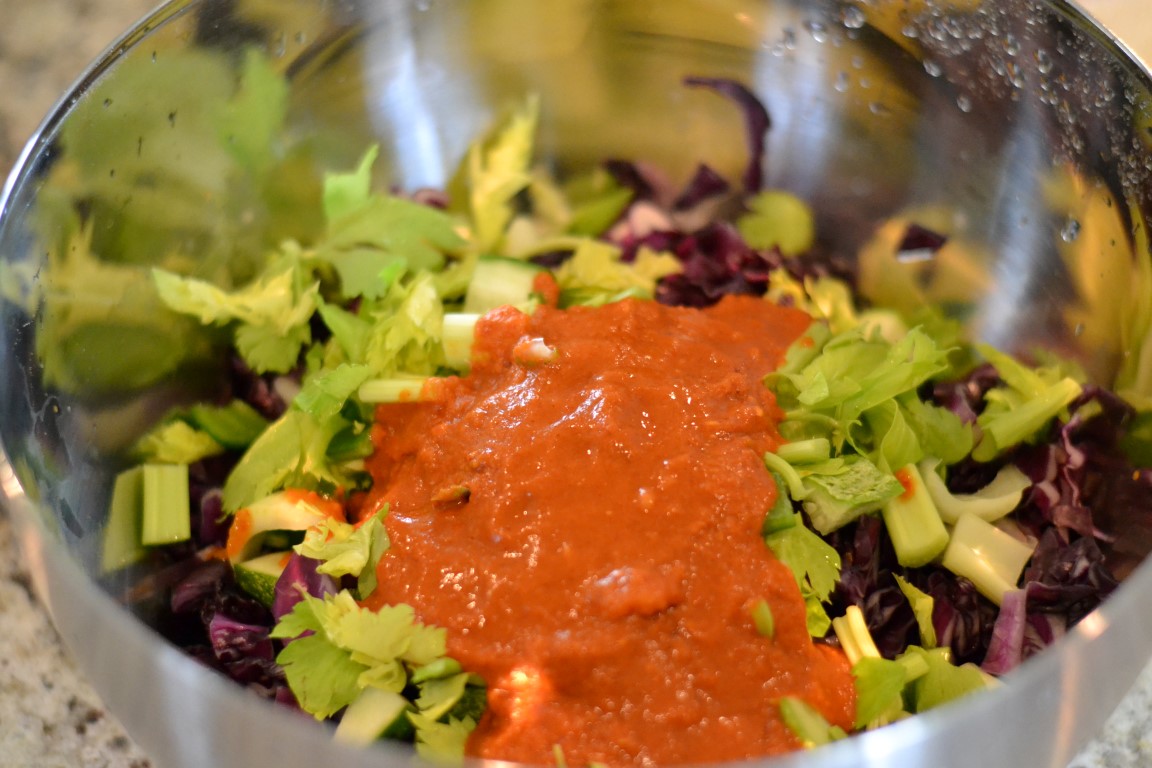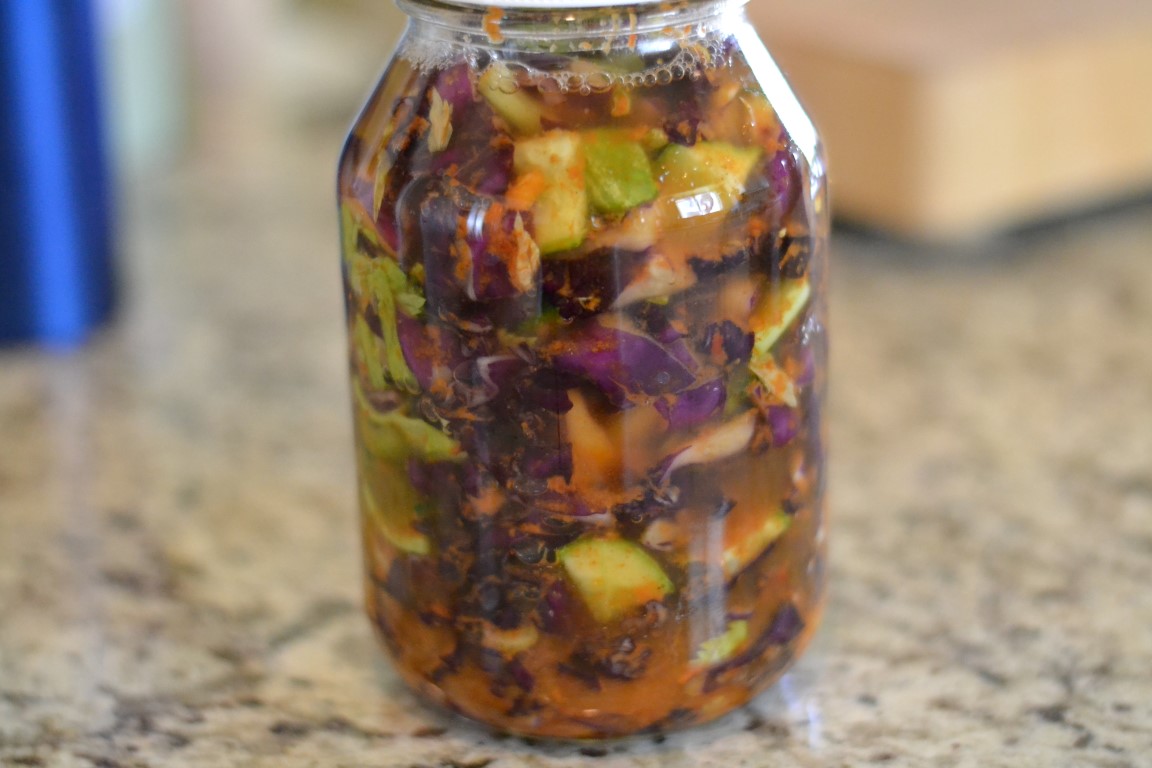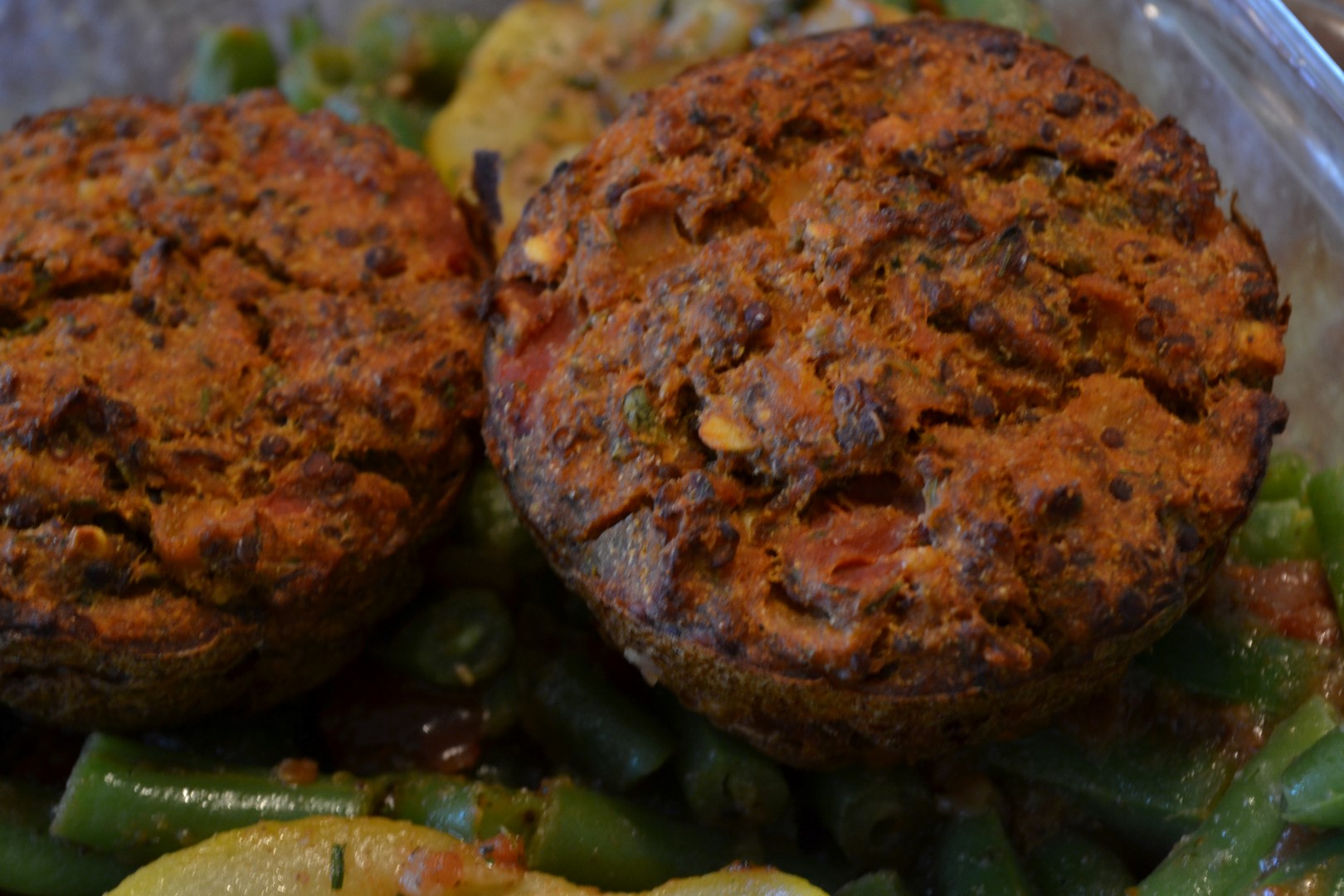A few weeks ago I developed a strange craving for kimchi even though I’ve never tried it, so I figured I’d buy a jar next time I went shopping. After recovering from sticker shock, I bit my lip and made the purchase for a small 8 oz. jar just to see what it’s all about. I loved it!
Crap, now what? I can’t afford to buy these small jars for close to $8 when I go through the stuff in two days! My stay-at-home dad income is not monetary, and I would never trade Avery’s smiles (my form of currency) for jars of kimchi, so I took to the internet for recipes.
I found an easy kimchi recipe (you’ll see it below) and went to work.
It wasn’t the “easiest” thing to make, but really not difficult either.
As soon as 4 days had passed, I couldn’t resist the bubbly goodness and had to try. It was great! Very pungent, as Going Mom let me know every time I opened the jar, but great nonetheless. Now I’m hooked and am currently eating fermented baby carrots and garlic cloves.
I currently have three jars in the fermentation process with different foods organically grown by one of G-Ma’s neighbors. Cucumbers in one jar, green beans and jalapenos in another, and giant okra too. All have garlic cloves and I’m anxious to try! Update: The giant okra was a giant fail! Unlike pickled or fresh okra I’m used to, these were basically like chewing cardboard. Whomp-whomp.
Pinterest contains numerous recipes for all sorts of fermented foods just waiting to be made. Many recipes call for a “starter” like whey (the liquid you see on the top of yogurt) or a vegetable starter.
These can be purchased online or at most stores, but I’ve only used a salt brine so far and don’t have a problem yet. If you can, just use water and a good quality sea salt for your first try just to get a feel for things. Or, if you have yogurt, pour out the liquid whey that builds up and use it.
1. Figured the best way to start this list is with a……. list! Just a few benefits to motivate you to try making your own fermented goodness!
2. Here’s an easy one to get started….pickles!!
3. Sauerkraut is another simple homemade solution to spending wayyyyyy too much at the store. Tastes better too! Our daughter begs me to give her some of my homemade sauerkraut for dinner every night. #ProudDad
4. Basic essentials to get started making your own ferments. This is good to read if you are a little skeptical or worried about trying for the first time.
5. I’ve never heard of pickled avocados until now, but I’ll be trying soon!!
6. Beets; I can’t get enough of them, and fermented beets sound incredible!
7. If you haven’t heard of or tried kombucha yet, I highly suggest trying at least once. Just beware of some store-bought versions having more sugar than necessary to feed those gut-healthy guys in the drink. I like Synergy’s brand, but making my own is always preferred.
8. This wouldn’t be a good parenting blog if I didn’t include a way to involved the kids. Like mentioned, Avery enjoys trying almost everything I ferment. My wife, on the other hand, not so much. :/
9. Kimchi!!! The recipe that started it all for me! Hey, I rhymed!
10. Salsa is a staple food in our home, and I use it on my salad as dressing every day. I’m pretty pumped to try this one soon.
I hope this list of fermented food recipes and info has inspired you to give it a try in your kitchen. Like most things, once you actually take the time to try something new, you’ll be surprised at how much you can do.
Do you enjoy fermented foods?
Have you tried making your own before?





















